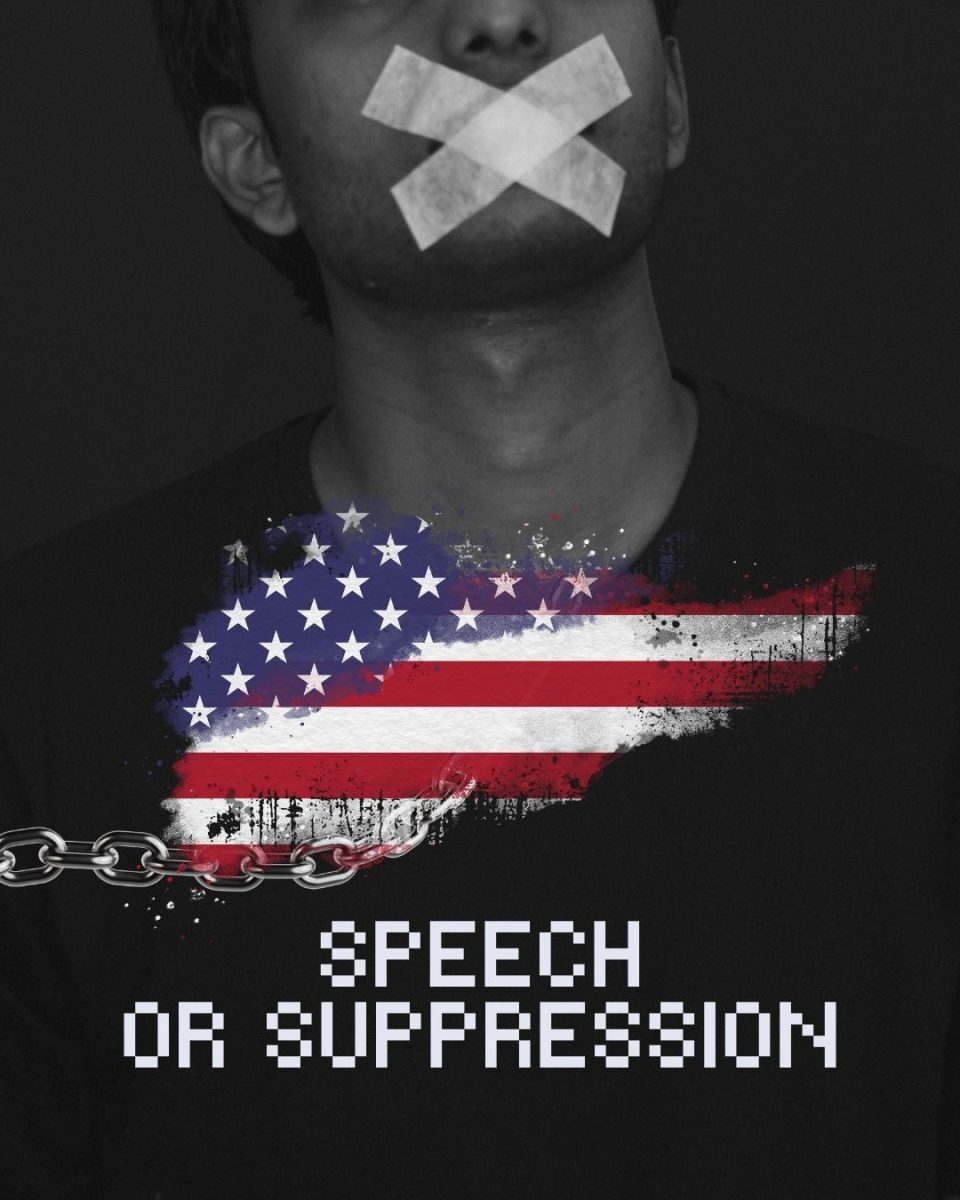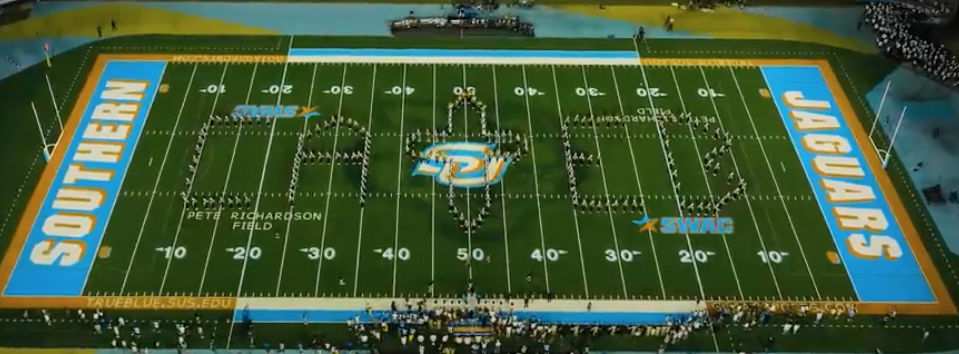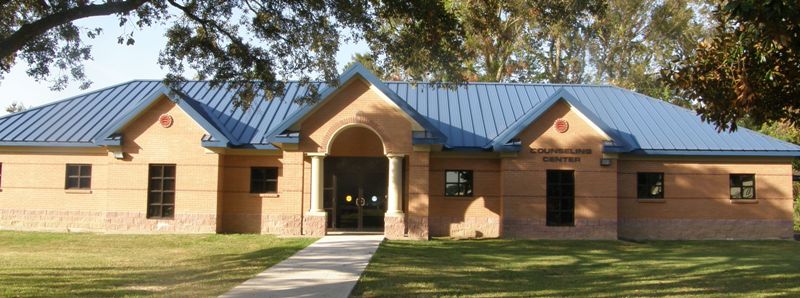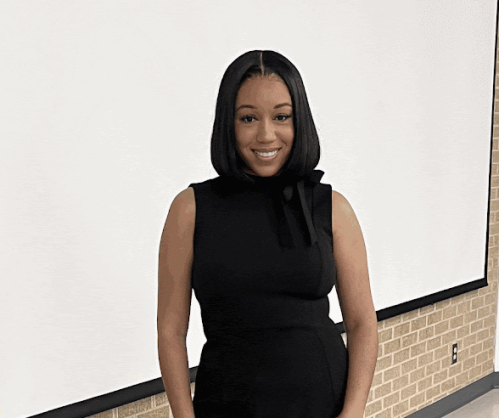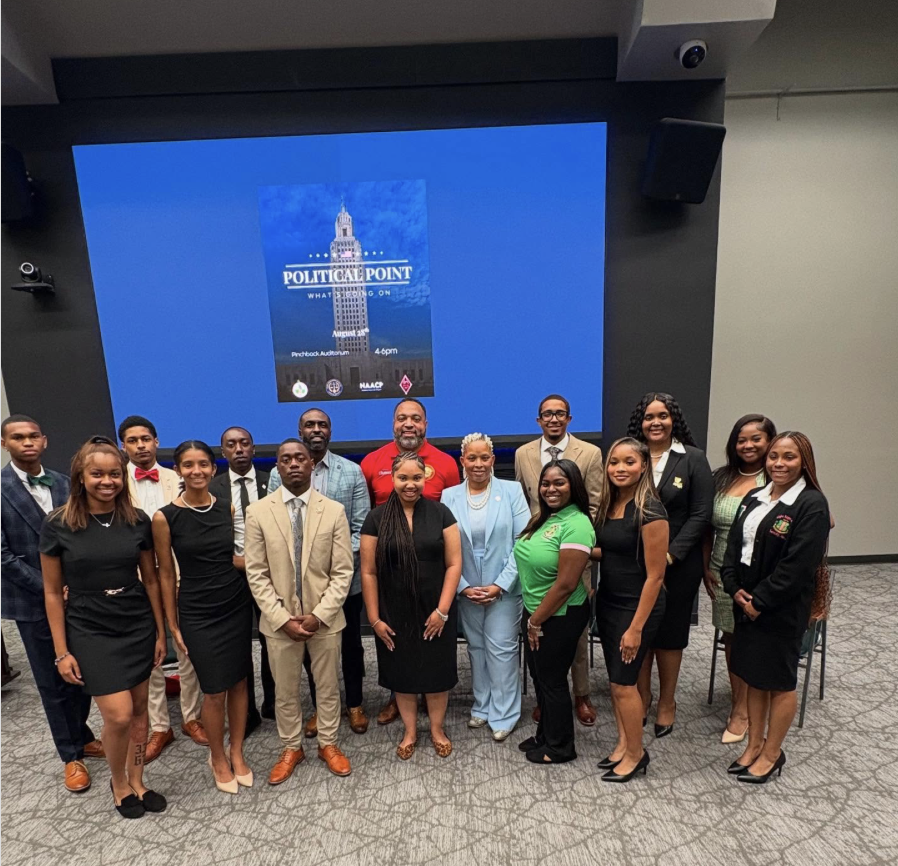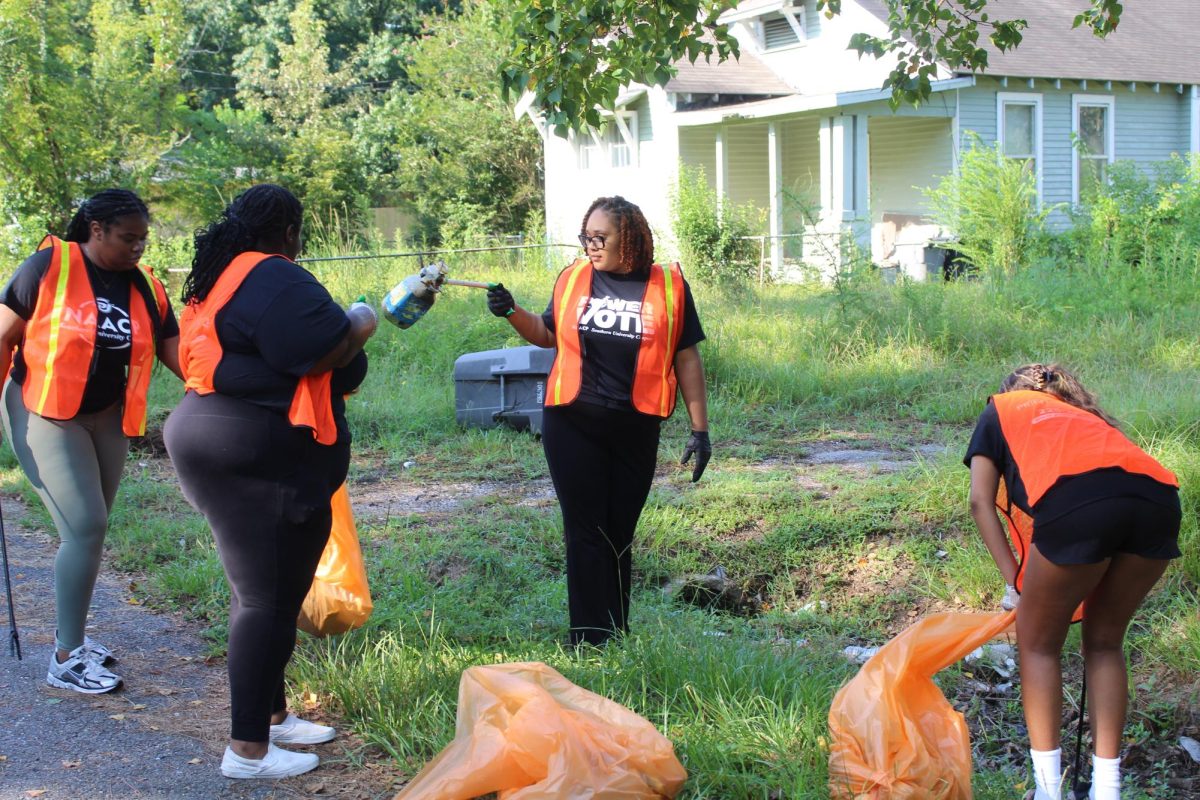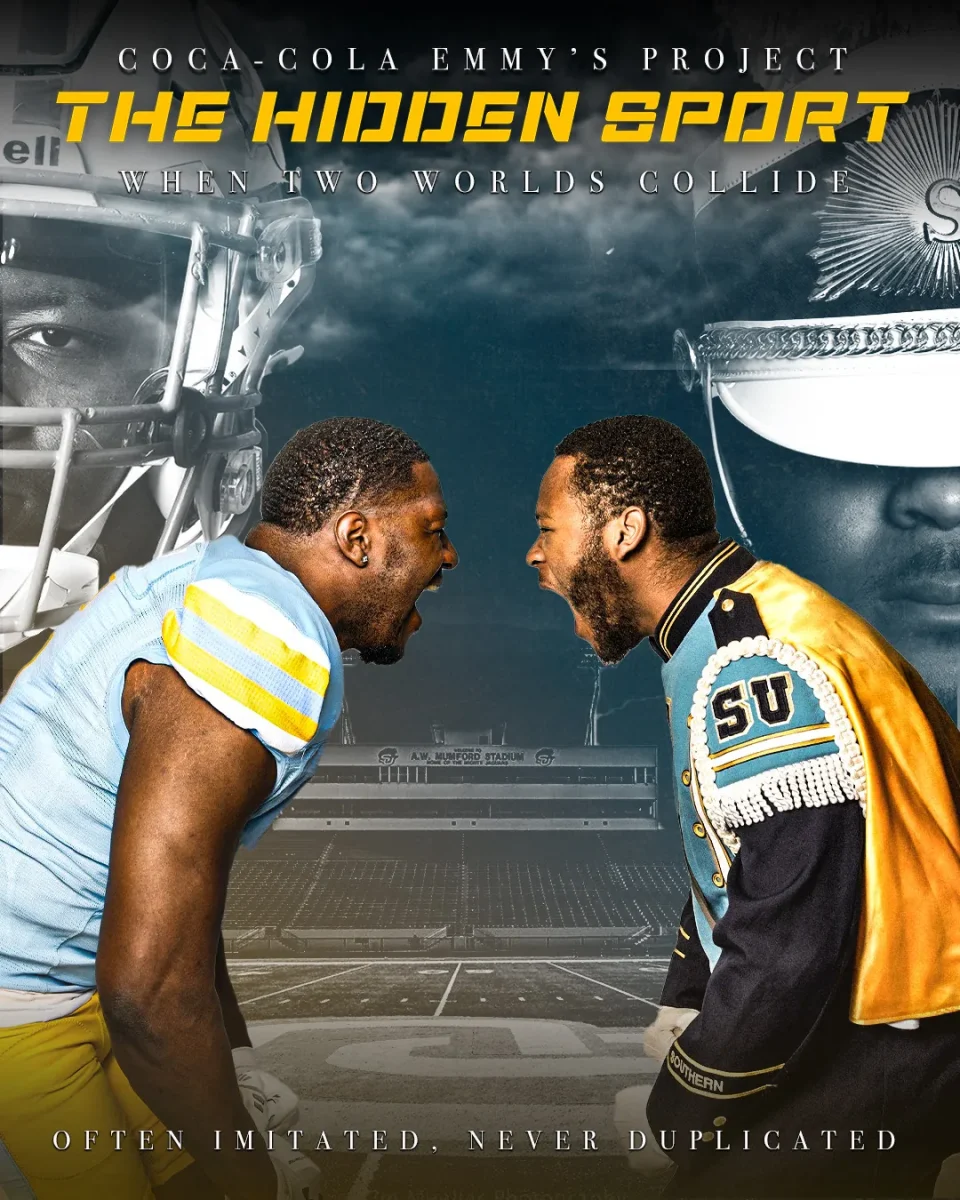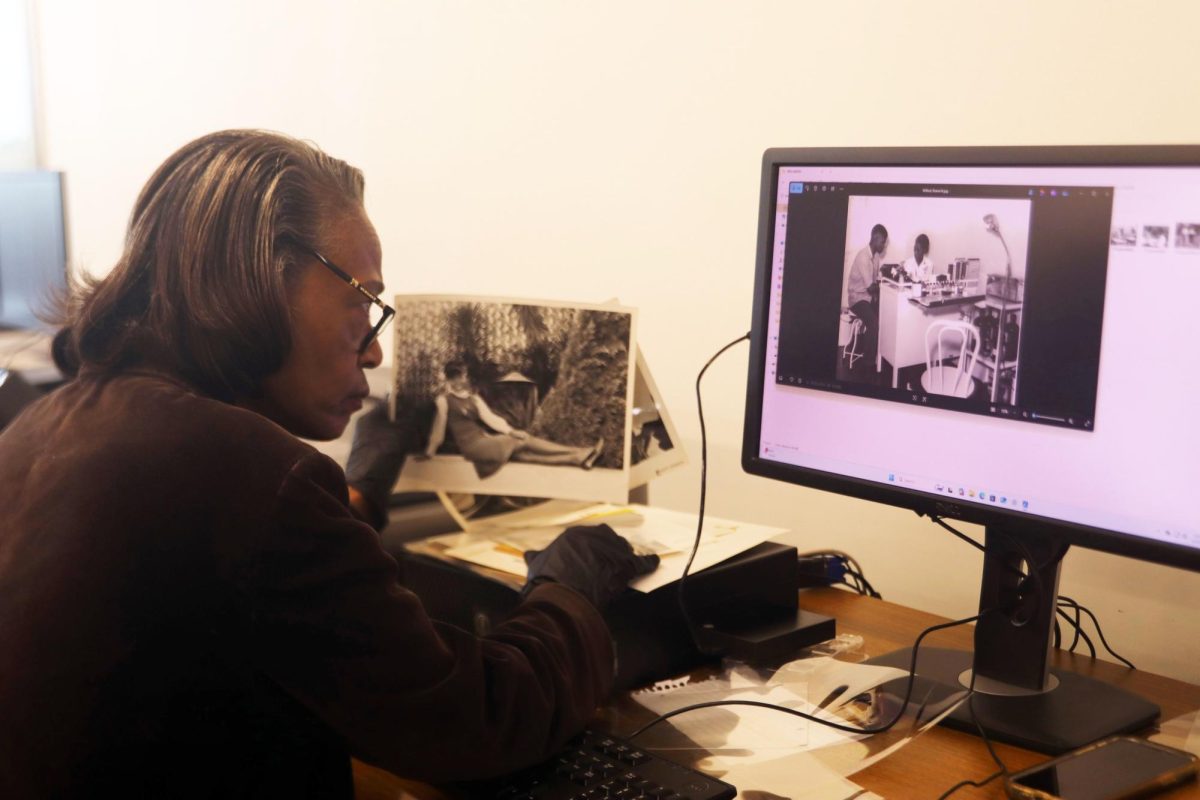In a poignant reunion, members of the Class of 1973 at Southern University and A&M College gathered to reflect on a traumatic event that forever altered the course of their academic journey—the shooting of two classmates during a peaceful protest. That incident pushed back their graduation meant for the Fall of 1972 till the following semester.
The Southern University campus in 1972 was a hotbed of activism, echoing the larger movements for civil rights and against the Vietnam War. The Class of 1973 found themselves on the front lines of change, passionately advocating for justice and equality. When the idea of the draft loomed around, most students ensured they were enrolled in college to avoid being drafted for the war. Charlie Clark states, “Many of the people in this room, the reason that Southern had as many women as they did men in 1969 is because we were all trying to avoid the draft. Because I was approved by Southern, I was given a 2-S classification of selective service. That states as long as you were in school, you didn’t have to go to Vietnam.”
November 16, 1972, started like any other day, but it would soon be etched in the students’ memories. A peaceful protest, an expression of the zeal of the times, turned tragic as law enforcement responded with unexpected force. Denver Smith and Leonard Brown, both promising students from the Class of 1973, were fatally shot amid the chaos of the protest. Once a symbol of learning and unity, the campus transformed into a somber stage of grief and disbelief. The echoes of gunshots would forever resonate in the hearts of those who bore witness.
As the Class of 1973 reconvened for their reunion, emotions ran high. The alumni shared vivid recollections of that ill-fated day, recounting the chaos, the fear, and the heart-wrenching loss of two bright young lives. The traumatic experience, etched in their collective memory, became a focal point of the reunion. They gathered at the Southern University Museum of Art, where they could tell their stories at the very spot where they lost their classmates.
The tragedy profoundly impacted the Class of 1973, shaping the trajectories of their lives in ways they could never have anticipated. The loss of Smith and Brown galvanized the survivors to continue the fight for justice and equality, both on campus and in their post-graduate lives. Ms. Brenda Bennett-Carter recounted, “PTSD, we were lucky, cause they told us they would not have any live bullets. It was only going to be rubber bullets. When we found out our classmates were killed, they lied to us, we were angry, and then we found out what happened on North Boulevard.”
The legacy of the Class of 1973 is one of resilience and determination. Many alums have become leaders in their communities, carrying the torch lit by the sacrifice of their fallen classmates. The traumatic events of that day served as a rallying cry, fostering a commitment to social change that has endured for decades. Stanley White, a member of the class of 1973, orchestrated the reunion for his classmates. White candidly recalled, “Students United, the group that formed the protest, was not a riot. It was a student-led protest! Chester Stevens did not get a chance to walk in a commencement in 1973; his diploma was mailed to his home.” White was able to fight for Stevens to be able to walk in the May 12, 2023 commencement.
As the Class of 1973 at Southern University and A&M College reflect on the past, they do so with a mixture of pain and pride. The wounds from that tragic day may never fully heal, but the resilience and activism it inspired continue to shape the legacy of these alumni. The recounting of this traumatic experience serves as a testament to their enduring strength and a reminder of the ongoing struggle for justice that echoes through the corridors of time.
Categories:
We Must Never Forget: The Class of 1973 reunites 50 years after the life-changing protest
October 17, 2023
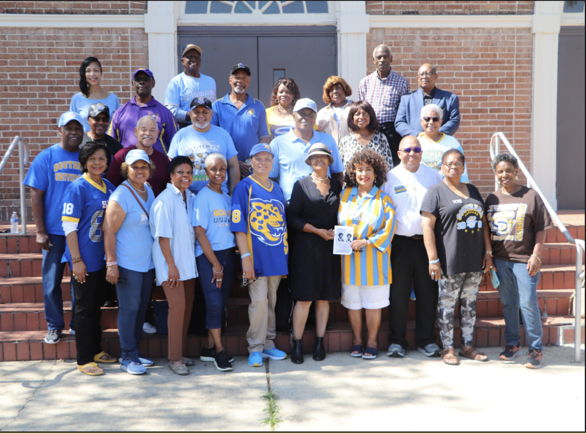
A few members from the Southern University class of 1973
0
More to Discover
